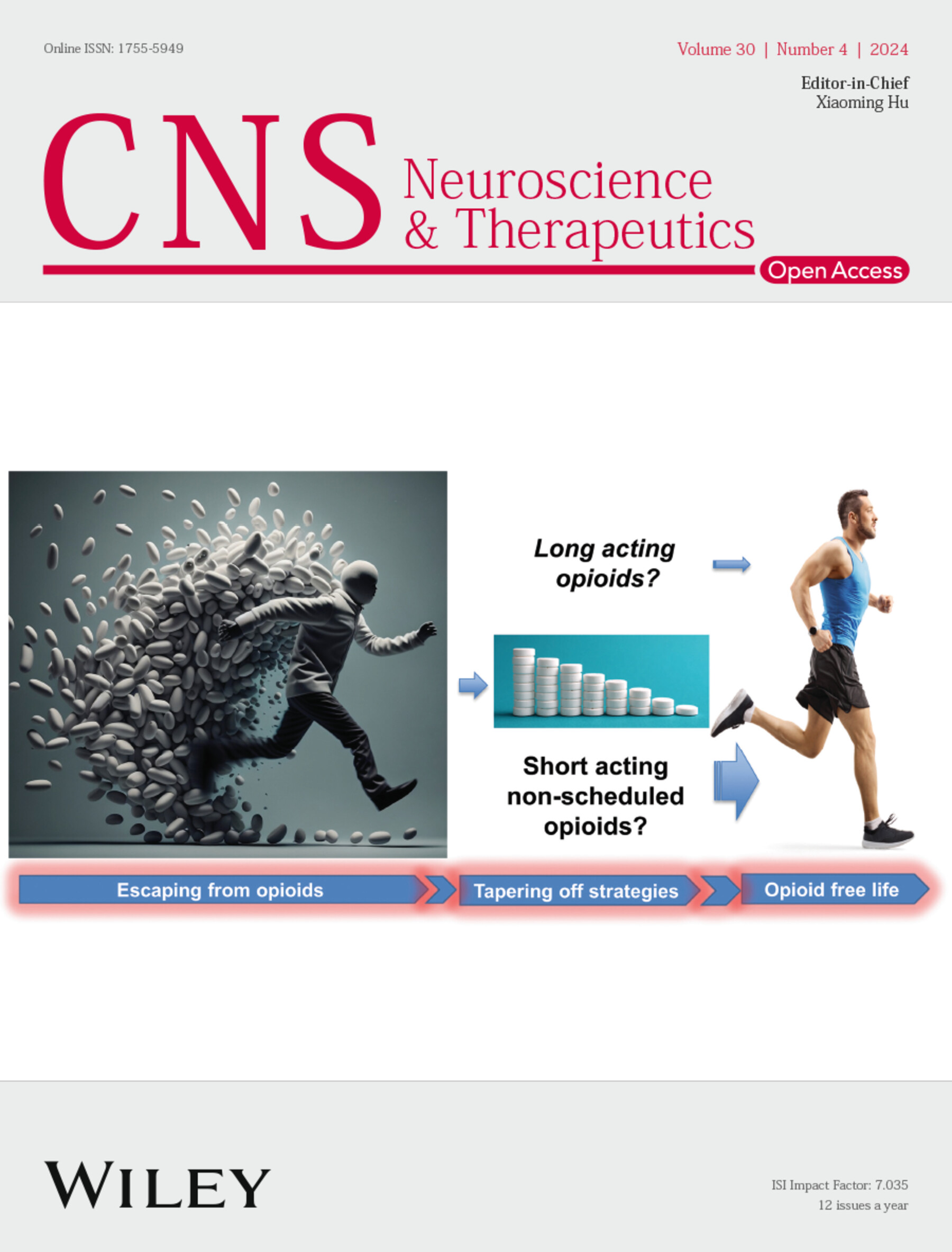Metabolic Factors Related to Interpersonal Dysfunction in Acromegaly: A Nationwide Cross-Sectional Study in China
Abstract
Objective
To identify the clinical manifestations, metabolic factors, and comorbidities independently associated with interpersonal dysfunction in Chinese acromegaly patients.
Methods
We analyzed clinical, cognitive, and comorbidity data from 585 acromegaly patients across 112 tertiary hospitals in China (July 1995–December 2018). Interpersonal difficulties were quantified using the Inventory of Interpersonal Problems-Distress (IIP-D) and dichotomized into low (< 17) and high (≥ 17) groups. Group differences were tested with nonparametric tests. Supervised machine-learning models were developed to predict features associated with the high IIP-D group, with performance evaluated via five-fold cross-validation. The top-performing model was further validated on the held-out data set and the feature importance analysis identified the key predictors. Exploratory hierarchical clustering (Ward's method) was used to explore symptom groupings, though sampling adequacy was limited.
Results
Patients with high interpersonal distress exhibited significantly higher preoperative growth hormone (GH), frontal bossing, palpitations, and cognitive impairment (all p < 0.05). Among machine-learning models, extreme gradient boosting (XGBoost) demonstrated the highest performance, area under the curve (AUC = 0.868 in across-validation), and maintained strong accuracy in final testing (AUC = 0.873). Key independent predictors included frontal bossing, palpitations, cardiomyopathy, disease duration, preoperative GH, acral enlargement, arrhythmia, and atrial fibrillation.
Conclusion
Physical disfigurement, palpitations, cardiac comorbidities, and elevated GH levels independently predict high IIP-D in acromegaly. Integrating systematic psychosocial screening into neuroendocrine care, alongside referral to psychoneuroendocrine teams, may help mitigate social disability and improve quality of life.


 求助内容:
求助内容: 应助结果提醒方式:
应助结果提醒方式:


